 Will hold another workshop at 5:30 p.m. on April 10th to make changes to “quadrants” map; final vote at special meeting on Monday, April 23rd
Will hold another workshop at 5:30 p.m. on April 10th to make changes to “quadrants” map; final vote at special meeting on Monday, April 23rd
By Allen Payton
After two-and-a-half hours of hearing vary disparate comments from the public, and a lively debate and discussion by council members, the Antioch City Council voted to narrow down the number of draft maps for the council district elections from four two to. The two final maps, referred to as Working Draft I and Quadrants B offer very different options and the public comments reflected those differences. Some speakers still advocated against changing to district elections, saying it will divide the city and cause council members to compete for tax dollars for projects just in their districts.
(To watch the complete council meeting, click here: http://www.ci.antioch.ca.us/CityGov/CouncilMeetings/032718/)
Interim City Attorney Derek Cole mentioned he had received emails prior to the council meeting and that “six emailers…want to preserve a community of interest above Highway 4, a Change.org petition with 52 signers of wanting to “Designate Hillcrest/Deer Valley Corridor as a Community of Interest during districting.”
Working Draft I Map
The Working Draft I map creates a single district on the north side of Highway 4 and that was supported by most of the speakers, many of whom live in that area of the city. The arguments were that there hasn’t been an elected city council member from the north side of the freeway since the 1980’s and the people there want someone who lives in that part of town to represent them. It was pointed out that appointed Council Member Martha Parsons lives in the north part of town and served on the council in the last decade. However, she was not elected when she ran at the end of her appointed term.
Most of the speakers in favor of Working Draft I were Hispanic, members of the East County Regional Group, and live in that part of the city, two of whom spoke in Spanish and used a translator. Another speaker in favor of the Working Draft I map was former Antioch School Board Member Joy Motts, who lost for re-election in 2014 and lost for election in 2016 and is the only candidate for city council who has filed paperwork declaring her intention to run this November.
That map garnered the support of Mayor Pro Tem Lamar Thorpe and Councilwoman Monica Wilson. Thorpe only wanted to advance that map for a final vote at the council meeting on April 10th. He argued that Motts couldn’t get re-elected because people on the south side wouldn’t vote for her and viewed her “as old Antioch and dismiss her.” Wilson echoed Thorpe’s comments, giving what sounded like an endorsement of Motts’ candidacy. However, Mayor Sean Wright pointed out that Antioch School Board Member Diane Gibson-Gray lives on the north side of town and was able to get elected.
 Quadrants B Map
Quadrants B Map
The Quadrants B map had the apparent support of Wright, and Councilmembers Lori Ogorchock and Tony Tiscareno, who agreed with the public speakers in support of it, that it would allow two council members to represent portions of the north side of Antioch. The speakers in favor of that map, including former Antioch Mayor Don Freitas, argued that in order to get something accomplished it takes the votes of three council members and with two representing the north side of town, that area will have more advocates on the council, making it easier to get to three votes.
However, there was an effort at the end of the hearing by Wright to make some changes to the Quadrants B map, to accommodate some of the concerns expressed by members of the public. As the hour was getting late, the consultants said any change to one district would cause a ripple effect among the other districts from a population standpoint, and there were still three items on the agenda that staff said needed to be dealt with, it was decided to hold one more workshop, prior to the April 10th council meeting, at 5:30 p.m. that same evening.
Interim City Attorney Derek Cole explained to the council that they have three things to decide at their meeting on April 10. First, they must vote whether or not to move forward with district elections, and if so which map to use and when to implement them, either this year, or wait until 2020 to do so.
The council voted unanimously to support moving forward both maps. They also agreed to hold a special meeting on Monday, April 23 to accommodate Ogorchock’s schedule, as she will be out of town on April 24, and to ensure they complete the process in the legally proscribed time frame to avoid facing the threatened lawsuit, which started the entire process, in court.
Public Comments
Former Antioch Councilwoman Norma Hernandez was the first member of the public to speak saying, “I can’t believe this is the United States of America and this is happening in the City of Antioch. This is the worst thing that could happen to our city.
“We’re putting people against each other. At the same time, we’re disenfranchising the voter. They can only vote for the mayor and one member. They’ll only have two people beholding to them. I can’t believe this man who has come to our cities and is going to other cities is getting away with this.
“You represent the whole city. You will only represent one district. The sharing, behind door deals, with sharing the money. The whole community gets ripped off. Just because the state of California is running games it doesn’t mean we have to go along with it. I want to be able to come to my city council and if I don’t like you, I want to be able to recall you. I’m totally against this. Don’t let the State of California change the United States of America.”
Former Antioch Councilman Ralph Hernandez said, “First off, I am opposed to the district elections. I think we should keep it here in Antioch the way it is. I don’t want you guys to be scared. The city gets a lot of lawsuits. You hire consultants and help to fight those lawsuits. This is something you as a city council as a whole to fight this. Governor Brown made it easy to where you don’t have to go to the community if they want district elections. You should have gone to the community and asked if we want district elections. I understand the lawsuits. I understand the threat. The attorney and whoever is behind this. They’re making money off this. Why should Antioch be the stepchild to this attorney. You need to stand up. You need to show the community you really care about the community. How many of you decided not to represent a particular area or a particular group of people? You all agreed to represent each and every person who lives in Antioch equally. If you’ve since decided not to you should sit down and let someone who wants to represent everyone take your place. Segregation is something that America has gone through for many, many years. This is segregation. It’s discrimination. That’s really what is going to be accomplished. You’re pitting areas of our community against each other.”
Joette Milano Wright said, “I am in support of working Draft #1. I don’t want to see the old Antioch divided.”
Donald Bright said, “I was opposed to districting…but since we are forced into this situation, I am in favor of Working Draft 1.”
Brenden Olaski said, “I am a member of the East County Regional Group. We trust a new system will not change you representing all of Antioch. It will ensure the demographic challenges facing Antioch. North Antioch has a large immigrant community. It is critical that it has its own district. We have not had a council member from north Antioch since the late ‘80’s. I ask you to form one district in north Antioch and support Working Draft 1.”
Ellie Householder said, “I felt like I just had to speak. I am in full support of the districting. I was born and raised in Antioch. Proposed, Working Draft 1 makes the most sense. D Street is not a logic place to split that up. People have issues with isn’t Highway 4 a divider? But it is a cultural divide. It’s not about segregation it’s about representation. That 3/10 council meeting was the first one I’d ever gone to. I just think that representation is a good thing. Being from the north part of Antioch, I’m confident that who ever I vote for will represent all of Antioch. There are things in each neighborhood that everyone cares about. My part of Antioch hasn’t been active as far as registration goes. I think we’ll get a lot more engaged voters.”
Antioch Planning Commissioner and brother of Joy, Kerry Motts said, “None of us are too happy the way this came about…under threat of a lawsuit. I believe the two quadrant maps are inherently political…and dilute representation north of Highway 4. I believe council members as a whole will represent all of Antioch. Working Draft #1 is best. I think this should be done for 2018.”
Christine Clark said, “I am…a member of East County Regional Group. I do live in the Rivertown community and support creating one district north of Highway 4. It also creates a more democratic Antioch that reflects our values. Working Draft 1…is the best plan for a strong Antioch.”
Deborah Polk said, “I am in support of creating one district north of highway 4. I am in opposition of splitting this are into two or more districts…diminishing the capacity to be represented. Working Draft 1 is the only reasonable, viable and equitable decision.”
Tina Price said “I am here for the Change.org petition, put together with Ms. Walker,” referring to designating the Hillcrest/Deer Valley corridor as a community of interest. She then read from the petition, which can be seen at the link, above.
Susana Williams said, “I too support of the first map. First and foremost, this has nothing to do with segregation this is about representation. None of you when elected said you were going to only represent your neighborhood. It’s just much fairer representation. We’re not talking about the numbers of people who live in these areas. North Antioch has gotten the short-end of the stick in so many ways because the focus has been on new part of Antioch. No city has won that has fought this. It’s a colossal waste of money. I would definitely like to see this happen.”
Ellen Ramirez spoke in Spanish and used a translator. “We need to make sure his process is fair. I value democracy…in the drawing of districts. At this time unfortunately, this is not the case because low income people don’t have representation on the city council. It is difficult for all residents to have a say in important decisions. I believe this is important to support a community north of Highway 4 because it represents communities of need. I think you should form a single district north of Highway 4. It will help a child of a poor neighborhood as a child in a neighborhood with more resources.”
Evelyn Lopez said, “I am also a member of the East County Regional Group and a resident of Antioch. Ask you to vote for Working Draft 1. We need our own district and our own representative.”
Sylvia Angeles, who spoke in Spanish using a translator, said, “I am a member of East County Regional Group and I have been a resident of Antioch for many years. She wanted to make sure “the maps are fair.”
“I am a resident of the community north of Highway 4,” she said. “As a mother I am concerned about the crime…especially on 18th Street where I live. I feel powerless because there is no representation for my neighborhood. Volunteer work is not enough. We need to work together in Antioch…to find the solutions to the problems of our community. This person will understand our needs. We all have the same needs north of Highway 4…with one representative on the city council… Today I come to speak out for the first time because this issue is important. I ask you to support Working Draft 1 to create a single district.”
Verlyn Leon said, “A resident of Antioch for more than 15 years. I greatly value having a democratic process and I support creating a single district north of Highway 4. Has different needs than other parts of Antioch. An accessible representative. Someone who lives our realities. That is democracy and is how you make our city strong. If you divide north Antioch it will create more inequality…we run the risk of being a minority. It is fair, it is democratic and the right thing to do.
East County Regional Group Vice Chair Freddie Leon said he and his wife were celebrating their 19th anniversary, which garnered applause from the audience. “This is more important,” he said. “I have lived in Antioch for more than 15 years. I want my city to be a safe and secure place to raise my kids. Many people living north of Highway 4 are immigrants and people of color. The community is strong. They go to church and try to improve the community. I know it’s a really hard task but they are trying. North of Antioch above Highway 4 needs to be one entity. I support working Draft 1. It is the only one that is fair.
Samson Knight said, “I am just your average community member. I was at the special meeting on March 10th. Some of the comments made against districting kind of disgusted me. Many of these supporters backed the quadrant system to keep the council responsible to the average needs of our community. If anything, the balkanization of Antioch will be created by ignoring these differences. We need reasonable…districting. The 4 is not an arbitrary boundary…albeit man made.”
Antioch Economic Development Commissioner Tim McCall said, “I sat out there and listened to many people speak about…dividing the downtown area. That is exactly what we’re doing to the City of Antioch. Are we really dividing our city into four areas? I guess we are. If you divide into the four sections, no matter how you did it, you’re going to have a problem with new development and redevelopment. He suggested a “sliced bread” approach…making all council members responsible for each part of Antioch. I’m wondering if any of the council members are thinking about voting for one or more of these plans because you can’t have two people in one district…people will begin voting for self, not for city. I ask you to not rush this through…but delay it until 2020.”
Dr. Terry Ramus said, “Our family has lived here for 33 years, in our current house for 28 years. I was at the mapping meeting…I am opposed to this entire process. My caution is that sometimes you might get what you wish for. Folks are saying keep all of the area north of Highway 4 in one district. But, you have one vote. You still have to get two more votes. I have been coming here for years” speaking for things in the north side of the freeway.
“Is Beede Park more related to the Madill area than say the Putnam area?” he asked. “The idea that everything north of Highway 4 is the same…these are false differences. The one that I support is to unite the city. Many of us have worked to reduce that problem. Either quadrant is fine, frankly. It causes the city to try to work more together. The one I would pick is the point.”
Jennifer Hughes said, “I’ve lived in Antioch since 1995. The second home I’ve bought is in the downtown. I walk the dog I go down by the river. I’ve listened to the entire city council meeting. I thought about it a lot. I’m in favor of districting. I’m in favor of Working Draft #1. Because it’s not working now. I really do think that each section of town will be better served by separate representatives. Each of you would be a specialist for your area. You can’t be fully informed of all the needs of the city. Specializing is a good thing and I think it gives us the representation the way it should be. The quadrants are keeping things the same.”
Warren Lutz said, “This is the first time I’ve been up here. I think the districting is great. I also support Working Draft #1. I live off of Hillcrest and Laurel. Working Draft 2 splits my neighborhood unnecessarily. I’m appalled to hear there’s been no representation north of Highway 4 since 1994. That would be one representative more than they have now.”
Karen Johnson said, “When I first read about the districting my heart dropped. I moved here in 1994. Most of my activities have been north of Highway 4. I’m from the Midwest. Antioch reminded me of where I came from. One town. Regardless of what side of Highway 4 you lived in. I’m hearing a lot of artificial excuses of why we should split up. We’re all experiencing crime. I never experienced or saw anyone who was representing Antioch that wasn’t thinking of the whole city. We have the low-income homes in Rivertown. There’s always been an effort here to address the needs of everyone. I don’t think we need to get in this mindset that we’re different because of what part of Antioch we live in. We don’t really have real differences here that we can’t address. Let’s face it someone decides to sue us because we don’t have districting it’s like the devil trying to push us into dividing ourselves when it doesn’t have to be that way.”
Antioch Planning Commissioner Ken Turnage said, “Personally I like Quadrant B if we’re going to do this. I can talk to any of you, right now. If this goes through I got only one person to talk to. Growing up here, I actually moved to Antioch in 1972. What I hear in here, are communities of special interest. Are we looking to have…quadrants that work together…or pitted together like I’m hearing, tonight? I want people who are going to vote for what the entire city needs. If we divide this out by our special interests…then we are going to have nothing but fighting. I believe people will once again look out for what their area is because they want to get reelected. Let’s not look at special interests, let’s look at communities of interests.”
Janet Costa said, “I’m here tonight to ask council to support Working Draft 1…and only advance this one, tonight. I’m excited about the possibility of a district devoted to north of Highway 4. I understand that this change does not mean my needs will not be met. I would like to say on behalf of all of the Regional Group we have worked with the council for more than a decade. This is not personal toward the council. It gives them a chance to participate in the electoral process in a more equitable way.”
Francisco Nazario said, “I’ve been a resident of Antioch for a short four years, but I’ve had the opportunity to visit parts of Antioch. The United States was created as a representative republic…which is made up of districts, which is also echoed at the state level. It’s a question of the size of population. Change is a process. It’s human nature to resist it. Cities have tried fighting it. Get used to it. It’s coming. Make the best of it. I think Working Draft 1 makes the most sense from kind of a historical perspective. Each group would like to have a person to represent their area. They have someone directly to go to…and if they don’t do a good enough job they elect someone else. Antioch will continue to grow. Get used to it it’s coming. I think everyone on the council has a fiduciary responsibility to protect the finances of the city. I think we need to focus on implementing this districting and focus on the best job you can do as a council and we can do as citizens.”
Former Mayor Don Freitas said, “Well I’m 63 years of age and I was born in the city of Antioch. I was born in the hospital on 6th Street. I also had the great fortune of representing Antioch both locally and regionally. A lot of people, you’re always going to think of Antioch’s best interests. I absolutely hate this districting plan is being shoved down the throats of the people of Antioch. You can fight it or we can create four different districts. The decision you make is going to last forever. It’s critical for every decision for each census when we have to move the lines. Two things are critical. Shape and balance.
“I absolutely do not like this alternative (Working Draft I). Politically you will isolate the downtown area. Be careful what you ask for you might get. You might have a representative in this schematic.
“Quadrant B…in this case you will have potentially two representatives.
“I strongly encourage you start in 2020. Alternative one does not provide balance. It does allow one person to rant and rave about the needs of the downtown area.
“The Antioch Council spent approximately $25 million uniting…A Street to 2nd Street in downtown. We wanted to prepare the downtown for growth. I would suggest the first one and Quadrant two be the options to go forward. The first alternative is going to bring back that war full force. Please, God, don’t embrace that alternative.”
Joy Motts was the last to speak saying, “I was also born on Sixth Street in the same hospital (as Freitas). I couldn’t disagree with you more. We already have the situation of have and have nots. Although this isn’t a panacea. Clearly the people of the community are speaking out saying they want to keep the north part of Antioch together. I agree. One of the reasons I ran for school board was because…Antioch High School was falling apart. I lived in north Antioch…I knew the needs there. It’s only because I brought that forward…we brought it before the people and they supported it. I’m just saying this is going to work. I have trust in you. We’re all adults. We’re one community, one Antioch. But we need representation for those communities. Your Quadrant map literally divides the (Rivertown) Preservation Group. Keep north Antioch together. It won’t divide this community. It will empower this community.” (Editor’s Note: The Quadrant B map does not divide Rivertown, which is bordered from 10th Street north to the river. The section divided by that map is south of W. 10th Street).
Council Discussion
Mayor Wright said, “We allowed every person to speak for their full five minutes because of the passion. At the next meeting we may cut your time down.”
Mayor Pro Thorpe was next to speak saying, “This is a big issue and you know Antioch has gone through a lot of change. There’s a lot of change happening very rapidly. I don’t like this process. This should have gone to the voters. But, as I’ve maintained throughout this process…I have a difficult time with these quadrants. I’m not a big fan of them. Population…I go beyond that and look at voting patterns. The quadrants do a disservice. There are just some claims that are made that are not accurate. It is true the last person to be elected to the Antioch Council was in the 1980’s. But the last person to serve was Martha Parsons. That will be the same. Because southeast Antioch has grown. I wish Joy Motts was still on the school board. But, she’ll never get elected because people in south Antioch look at her as old Antioch and dismiss her. This is not dividing up the city but creating legislative districts. Some folks made some claims there will be some infighting and back room deals. I picked up the phone and called Berkeley…and they said the divisions of…the hills and the flatlands have always been there. The same for Elk Grove.
“You find there is infighting but it’s because of personalities not because of districts. For anyone to call this a special interest…this is a community advocacy group. The special interests are the ones financing our campaigns…who focus on growth in southeast Antioch. Because that’s how you get elected in Antioch. It’s through single member districts that you can raise enough money from your neighbors…so you don’t have to hitch a ride with developers, Realtors or unions.
I’m not supporting any of the quadrants because they don’t fulfill the purpose.
“The city council did not advance them. Two city council members advanced these quadrants… these arbitrary lines that we’re coming up with these quadrants.”
“The Brown Act still exists,” he added. “You can still only talk to one other council member, now. It will be the same under the district system. It’s arguments about nothing.”
Councilman Tony Tiscareno was next to share his thoughts saying, “I’ve been actively opposed to districting. The reason why is because we have been submitted by force which shouldn’t been submitted to the city. People have been talking about geographic. It was submitted on another nature, with which I disagree. For the last 15-20 years that I can count we’ve had a diverse city council. I’m quite upset with the way it came about. I don’t like any of the maps. I want to represent…the entire city. I understand and agree there’s a lack of representation on the north side of the city. It’s why I’m listening to the districts, right now. I’m kind of offended…I kind of feel bad. I’m only a block away from the freeway so I’m kind of representing the north waterfront. I’ve always felt I’ve represented that part because that’s where I grew up. The true part of Antioch has always been the north side…You do in some respect have someone who cares about the older part of Antioch. If we’re going to entertain this sort of thing, I want to respect the people. So, I’m willing to consider Working Draft 1. But, I’m not saying I’m going to vote for it. The quadrants seem to be something that is fair. I seem to think that if you have two representatives for one particular area it’s better than one.”
Wright said, “One of the things I may propose…is how do you adhere to what the letter dictates, how do we go about not getting sued. We have a census in 2020. One of my problems is we’re using numbers from 2010. So, these lines that are being drawn are not based on true numbers. We’re going to wait until 2020 after the Census occurs. I’m not sure if that will satisfy the lawsuit.”
Cole responded, “The Census will be done in 2020. But the numbers will not be out until after the November 2020. I feel comfortable if we phase in…because of the systemic change involved, because we have Latino representation on the council. But…we would have to get past two election cycles to get to the Census.”
Tiscareno said, “Then I’m going to suggest another extreme and that’s to have the elections in 2018. Which map, it really doesn’t matter. In my mind when we’re running to represent all of Antioch. You implement whatever map is supported by the council, you have everybody run so there’s no hard feelings of who will run.”
Cole responded with, “By law we cannot abridge their terms. If you do implement in 2018 those two council members would be allowed to serve until 2020. Do you want to phase in the two districts you want to run this year…then you have to choose which districts they will run in. Or you choose to phase in at-large elections for two years, then everyone runs in 2020.”
Tiscareno then said, “At least narrow it down to two maps. I’m willing to vote no on this right now. I’m willing to stay at large. Quadrant B with some possible tweaks to that. If we implement in 2018 or 2020 I really don’t care.”
Councilwoman Monica Wilson was next to speak saying, “Thank you to everyone for reaching out to me. Joy, yes you did some wonderful work on the school board. You’re probably the hardest working person north of Highway 4. Why aren’t you on the school board? It’s because of the dilution of vote north of Highway 4.”
“Going forward with this districting…I am for it. Draft Map #1 seems to be the most popular one so that’s what I’m going with. I’m leaning toward Draft 2 because I want to keep north of Antioch together. Quadrant B divides Rivertown Preservation Society.”
Councilwoman Lori Ogorchock then said, “I don’t like this idea. It’s probably a good thing in the long run but the way it’s going I don’t agree with. The people I hear from are the people that have heard what we’ve said. When they hear us talking about it…I hear lots of people saying they don’t like the downtown being in one district. If you have the quadrants you have two people representing the downtown. I kind of like the idea of the quadrants. People came up and said they don’t like the idea of one vote for the downtown. I grew up in downtown. The freeway did divide the town. What made it worse was the ZIP Codes. It made it ten times worse. It is one town. We have to listen to everybody. Communities of interest are being listened to.”
Wright then said, “the idea that you can’t win if you live downtown is just not true. I don’t know where they all live. I don’t look at where they live when I’m voting. I look at if they’re going to do a good job. Looking at Quadrant Map B, I have some issues with the lines. Is there a reason A Street isn’t the divide?”
Q2 consultant Jaime Clark responded, “That was for population and to respect communities of interest. To keep the C Street group COI in tact and not cut through these smaller neighborhoods.”
Wright then asked, “Do we just ignore that there are 15,000 people in southeast Antioch that aren’t being accounted for?”
Clark said, “We have to use the 2010 Census.”
“So, we’re just ignoring those 15,000 people,” Wright stated. “The C Street area, they’re closer to downtown. So, I think they should be part of downtown. He then suggested some changes to the Quadrants B map.”
Clark then switched over to a live map to draw changes.
Tiscareno then said, “the concern I have is the numbers we’re using the 2010 Census really don’t reflect what we’re looking at now. I’m also looking at Congressional districts to stay within a community of interest.”
Cole said the council could hold another workshop.
Wright said, “there’s a motion to move forward Working Draft 1 and Quadrant B.”
Cole responded, “I can draft an ordinance that adopts a four-district system. I can also provide two options that implements districts in 2018 or 2020. You only have to introduce an ordinance at your next meeting. I will work with the consultant to make some changes.”
Consultant Clark then shared, “I don’t feel I have enough information from council offline without specific, detailed input.”
Cole explained to the council, “If you want to look at Quadrants C…then we can bring that back at the next meeting.”
Q2 consultant Karin MacDonald said, “The problem is any changes she makes to one district will have a ripple effect. So, we’re going to need your input. I’m not sure if this is possible to do this quickly at the beginning of the next meeting.”
Tiscareno said, “Maybe we start three or four hours earlier. I think it’s going to take more than an hour. The meeting is going to be packed. We’re going to have community input. It’s going to take some time.”
The council then decided to start the workshop at 5:30 p.m. following a closed session at 5:00 p.m. on April 10th.
Cole then pointed out, “The maps have to be published, but right after the 10th we can have them in the newspaper right after that. The reason we have to finalize the map at the first meeting in April is because we have to advertise it in the paper seven days before the meeting.”
Ogorchock said, “I will not be at the 24th meeting. So, we have to get it done.”
The council then settled on a special meeting on Monday night, April 23rd.
On April 10th 5:30 p.m. the council will have a workshop on the final map. At the 7:00 p.m. meeting they will take initial votes on the matter.
On April 23rd the council will consider the adoption of the final map.
Wright then said “we’re going to come back with Working Draft 1 and Quadrants B. And we’re going to work on those changes that night.”
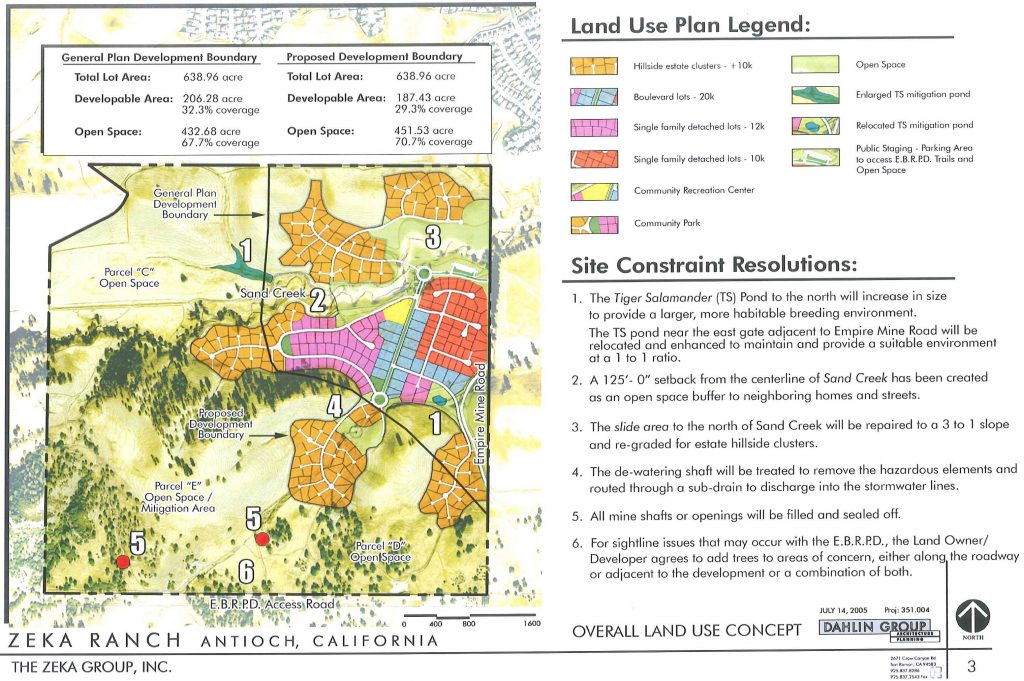
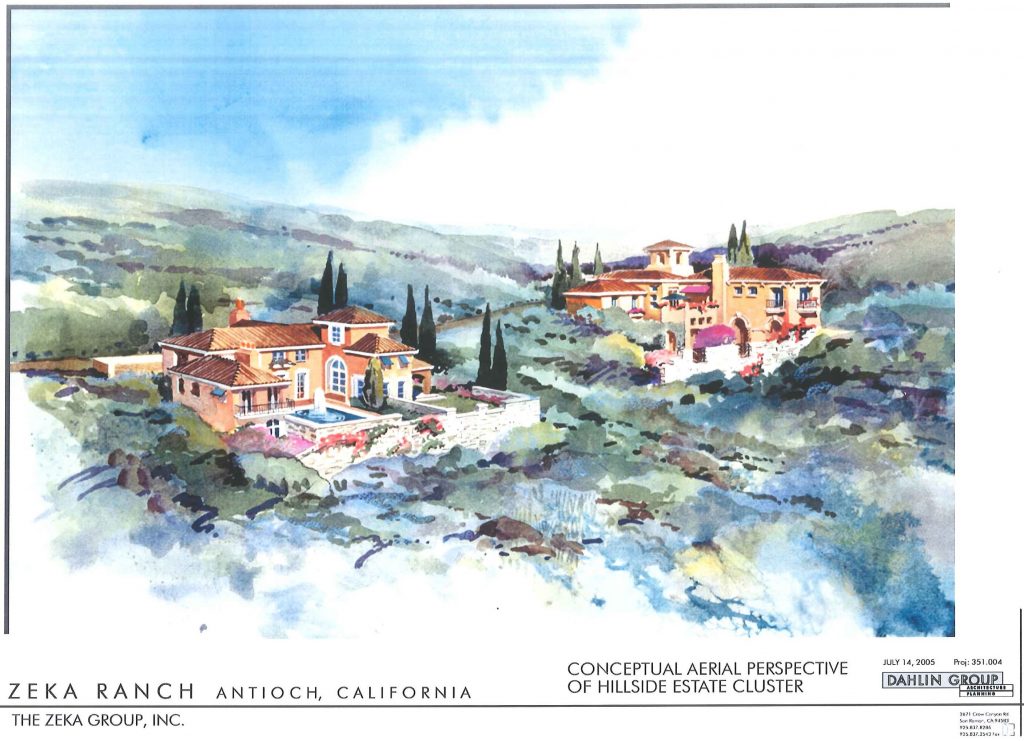
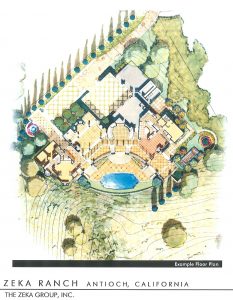









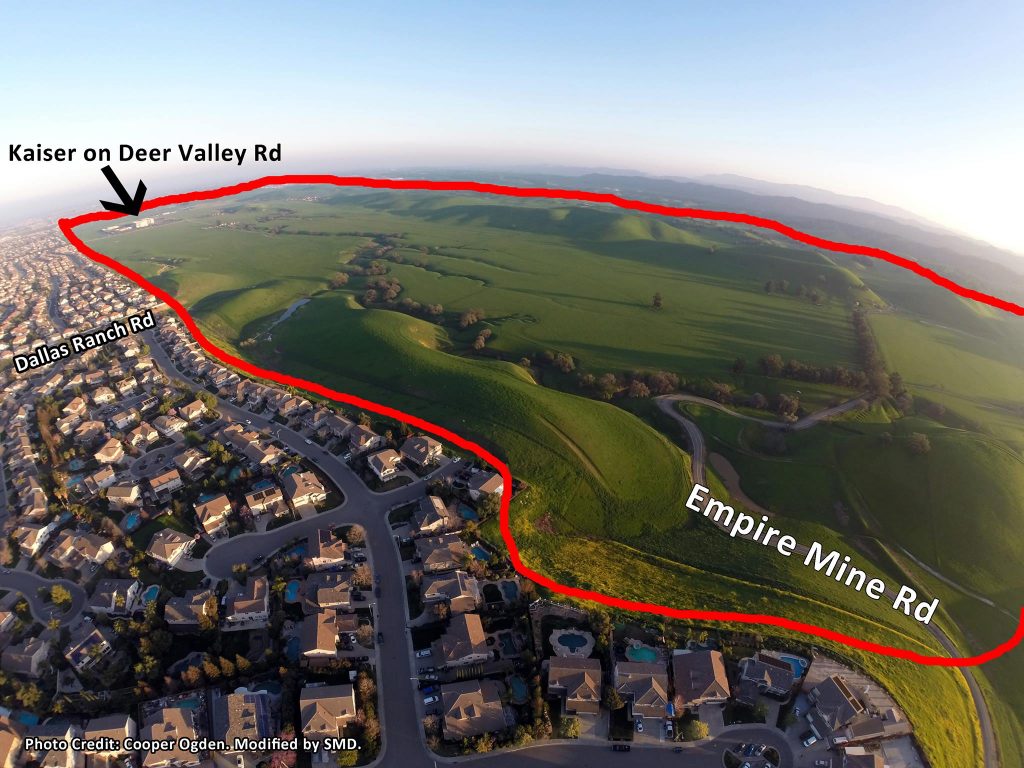
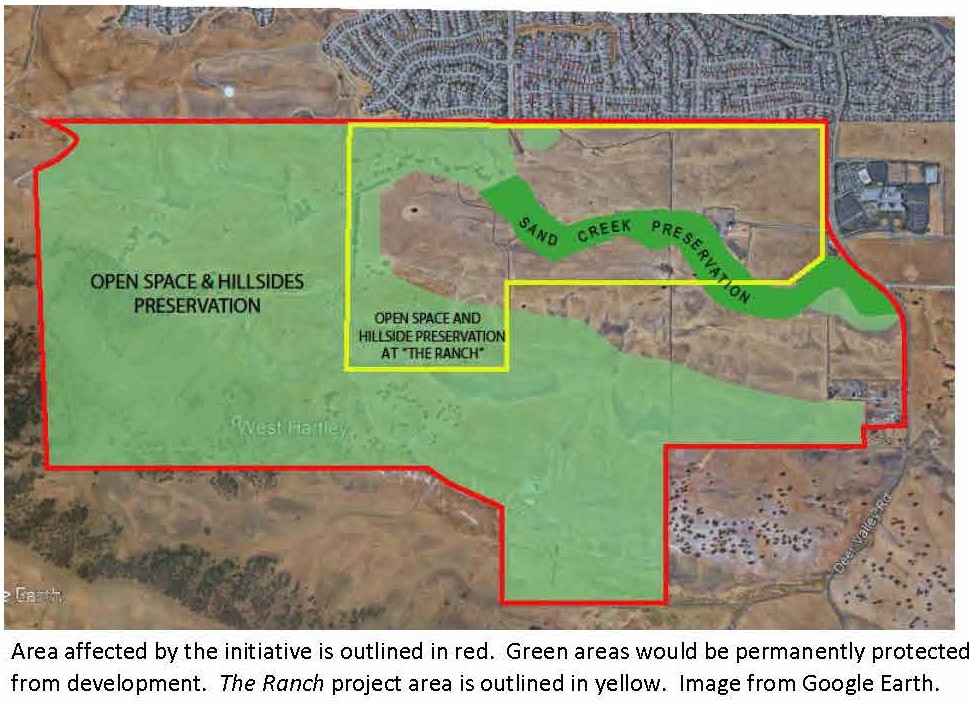
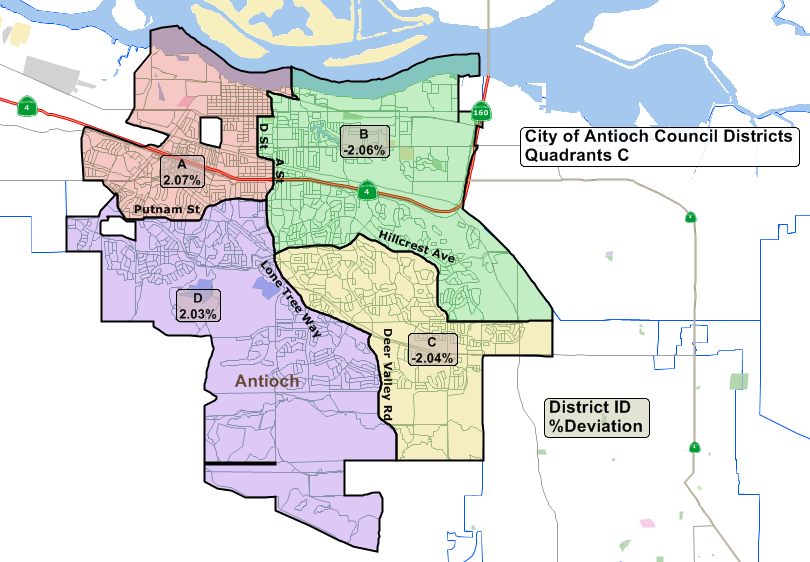

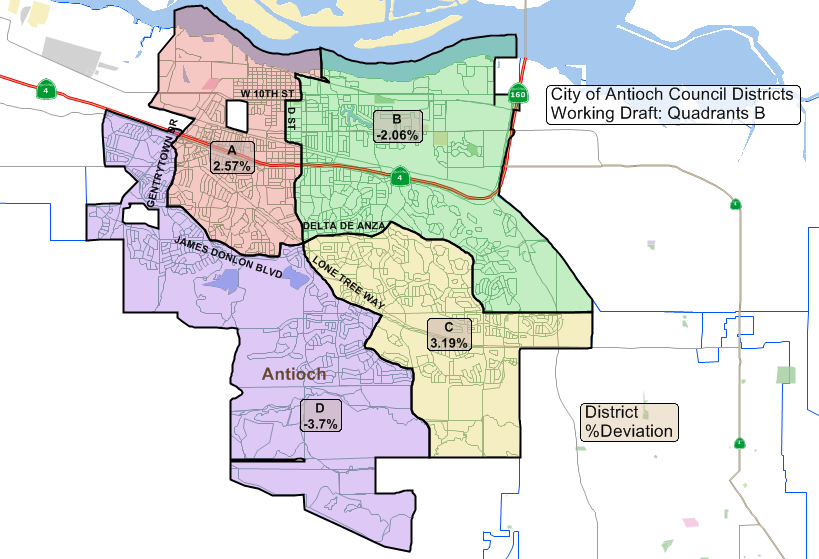 By Allen Payton
By Allen Payton Quadrants B Map
Quadrants B Map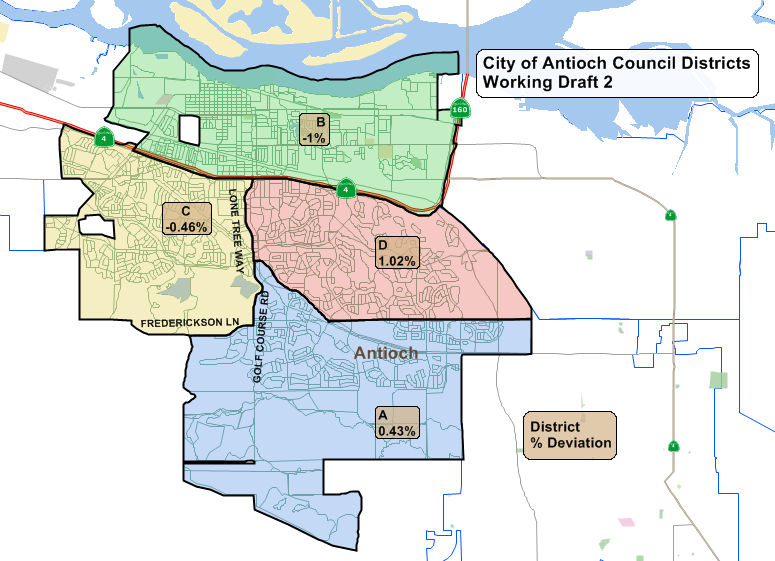 I note that two councilmembers have been elected for terms through 2020. Consistent with Government Code section 34873, it does not appear these terms can be abridged. Thus, the options appear to be to partially implement district elections starting in 2018 or to implement districting all at once beginning in 2020. Possible scenarios could include the following:
I note that two councilmembers have been elected for terms through 2020. Consistent with Government Code section 34873, it does not appear these terms can be abridged. Thus, the options appear to be to partially implement district elections starting in 2018 or to implement districting all at once beginning in 2020. Possible scenarios could include the following: County Registrar of Voters’ Concerns
County Registrar of Voters’ Concerns












